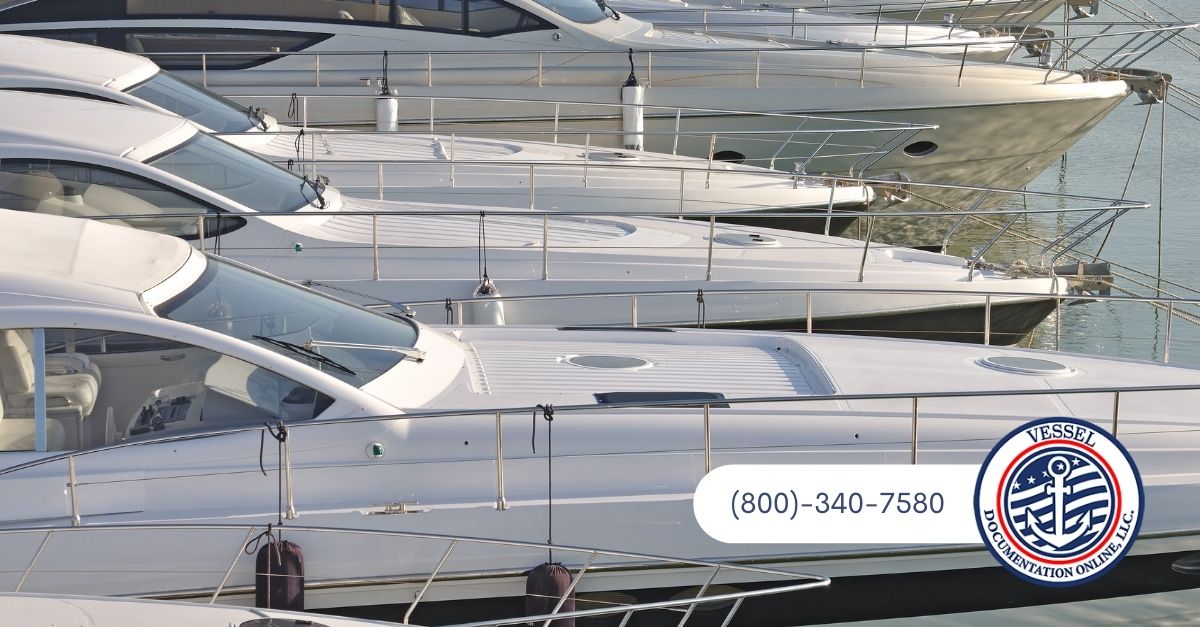If you’re considering buying or owning a boat, there are a few important things you should know about vessel documentation. This is a federally required registration process administered by the U.S. Coast Guard through its National Vessel Documentation Center (NVDC).
This process serves as proof of ownership, authentication of origin and provides protection and status at foreign ports. Additionally, it may be required by a bank for loan purposes.
Size Requirements
There are a variety of size requirements to consider for your vessel. One of the most important is the hull’s capacity, also known as net tonnage. In general, recreational vehicles have a minimum of 5 tons (this is measured along the center line from bow to stern). This number can be tricky to calculate, so ask your boat manufacturer for help or consult with an expert to find out what the right number is for your vessel.
Other requirements may be more specific to your type of vessel. For instance, navigation lights are required for certain vessels, depending on their intended use and location. In addition, you’ll need a life jacket for every person on board. These items are just a few of the many things you’ll need to make your vessel rescue-ready. To learn more about these and other safety measures, contact your local marine law enforcement agency for a free vessel safety check.
Ownership Requirements
There are many requirements that must be followed in order to properly register a vessel. One important requirement is that the owner must be a United States citizen. This is a requirement that applies to every owner, not just the one who purchases a vessel.
In addition, if the vessel is owned by a corporation, the company must be incorporated in the U.S., or if it is not, the company must have a majority of its stock owned by U.S. citizens, and the company’s chief executive officer, board of directors, or general partner must also be citizens.
Finally, if you are changing ownership of the vessel, you will need to obtain a Change of Ownership Application. This is a process that can be difficult, so it is best to get the documentation in place before you transfer ownership. It will save you time and money in the long run, as the USCG can then process the application much more quickly.
Construction Requirements
The construction of a vessel is critical to safe navigation. Vessels must meet a variety of USCG requirements, including safety, stability and performance.
A vessel’s keel laid date is an important basis for applicability of a host of Coast Guard construction, safety and environmental standards. It also determines applicability of international regulations, such as SOLAS and MARPOL.
The keel laid date is not only an essential part of the vessel documentation search, it is also used to identify whether a vessel has undergone major conversions or substantial alterations. These determinations can result in a cascade of new requirements that force owners to modify vessels to meet current standards.
Registration Requirements
The registration requirements for a vessel are unique to each state. Those that are registered in the United States must have a Certificate of Number (also known as a HIN) painted or permanently attached, in plain vertical block letters, to each side of the forward half of the vessel.
The number must be at least three inches high and readable from left to right, in a color that contrasts with the underlying background. Characters must be separated by the width of one letter or number – except the capital letter “I” and numbers 1 through 5.
Depending on the type of documentation you have with the USCG, your vessel may also need to be marked to show its fishery, coastwise, registry, or recreational endorsements. For more information on vessel marking, please visit the USCG’s website. Typically, this involves submitting a Builder’s Certification on form CG-1261. This can be completed by the owner or by an official of the company that built your vessel.